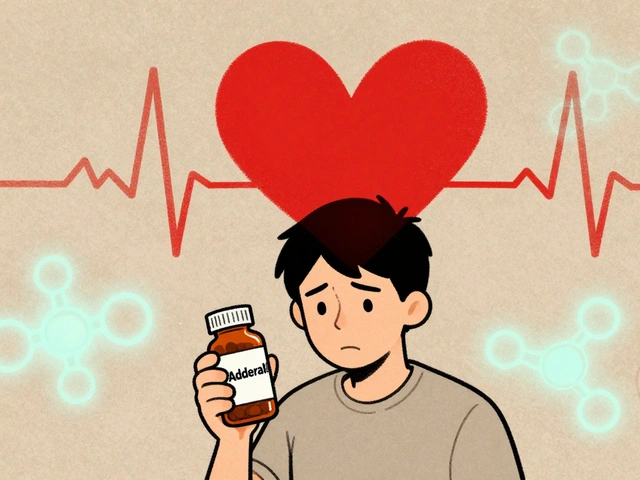Pediatric Dosing Errors: Why Kids Need Different Medication Rules
When a child gets the wrong dose of medicine, it’s not just a mistake—it’s a pediatric dosing error, a preventable mistake in medication amount or frequency specifically harming children due to physiological differences from adults. Also known as childhood medication error, it’s one of the most common reasons kids end up in emergency rooms after taking prescribed or over-the-counter drugs. Kids aren’t small adults. Their bodies process drugs differently. Their kidneys and liver aren’t fully developed. Their weight changes fast. A dose that’s safe for a 10-year-old could be toxic for a 2-year-old. And because parents and even some clinicians rely on rough estimates—‘half a teaspoon,’ ‘a pill cut in half’—errors slip through.
These errors often happen because of children's medication, drugs formulated or prescribed specifically for pediatric use, often requiring weight-based calculations and special formulations that aren’t always clearly labeled. Liquid suspensions come with different concentration strengths—like 160 mg per 5 mL versus 80 mg per 5 mL—and mixing them up is deadly. Even something as simple as confusing milligrams with milliliters can turn a harmless cough syrup into a life-threatening overdose. medication safety, the system of practices and protocols designed to prevent harm from drug use, especially in vulnerable populations like children isn’t just about the drug itself—it’s about how it’s measured, who’s giving it, and whether the instructions are clear.
Parents are often caught between conflicting advice: a pediatrician says 5 mL, the bottle says 10 mL, a friend says ‘my kid takes a teaspoon,’ and the pharmacy label looks smudged. pediatric pharmacy, the specialized field of pharmacy focused on safe, accurate drug dosing and formulation for infants and children exists for a reason. Pharmacists who work with kids know the risks. They check weight-based calculations. They flag confusing labels. They know which syringes to use and which measuring cups are unreliable. But not every parent gets that support.
What you’ll find in the posts below isn’t just theory. It’s real-world breakdowns of how dosing mistakes happen, what signs to watch for, and how to protect your child before the next prescription comes in. You’ll see how common over-the-counter meds like acetaminophen and ibuprofen lead to ER visits when dosed wrong. You’ll learn why using kitchen spoons is dangerous, how weight-based charts actually work, and why some meds should never be crushed for kids. No fluff. No jargon. Just what you need to keep your child safe.

- Nov 10, 2025
- Posted by Cillian Osterfield
How to Manage Pediatric Medication Side Effects at Home
Learn how to safely manage common pediatric medication side effects at home, recognize warning signs, avoid dosing errors, and know when to call for help. Practical, evidence-based guidance for parents.
Categories
- Health and Wellness (57)
- Medications (39)
- Health and Medicine (22)
- Pharmacy Services (10)
- Mental Health (5)
- Health and Career (2)
- Medical Research (2)
- Business and Finance (2)
- Health Information (1)
Latest Posts
©2025 heydoctor.su. All rights reserved





